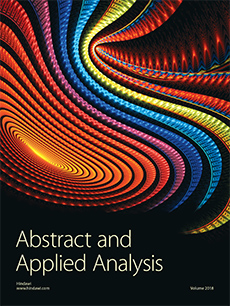Abstract
Content-addressable memory (CAM) has been described by collective dynamics of neural networks and computing with attractors (equilibrium states). Studies of such neural network systems are typically based on the aspect of energy minimization. However, when the complexity and the dimension of neural network systems go up, the use of energy functions might have its own limitations to study CAM. Recently, we have proposed the decirculation process in neural network dynamics, suggesting a step toward the reshaping of network structure and the control of neural dynamics without minimizing energy. Armed with the decirculation process, a sort of decirculating maps and its structural properties are built here, dedicated to showing that circulation breaking taking place in the connections among many assemblies of neurons can collaborate harmoniously toward the completion of network structure that generates CAM.
Citation
Mau-Hsiang Shih. Feng-Sheng Tsai. "Neural Network Dynamics without Minimizing Energy." Abstr. Appl. Anal. 2013 (SI60) 1 - 4, 2013. https://doi.org/10.1155/2013/496217
Information





